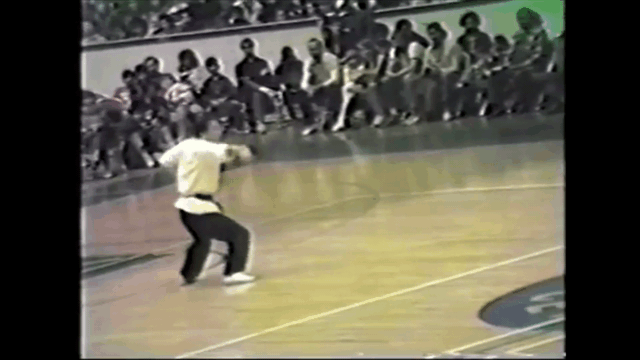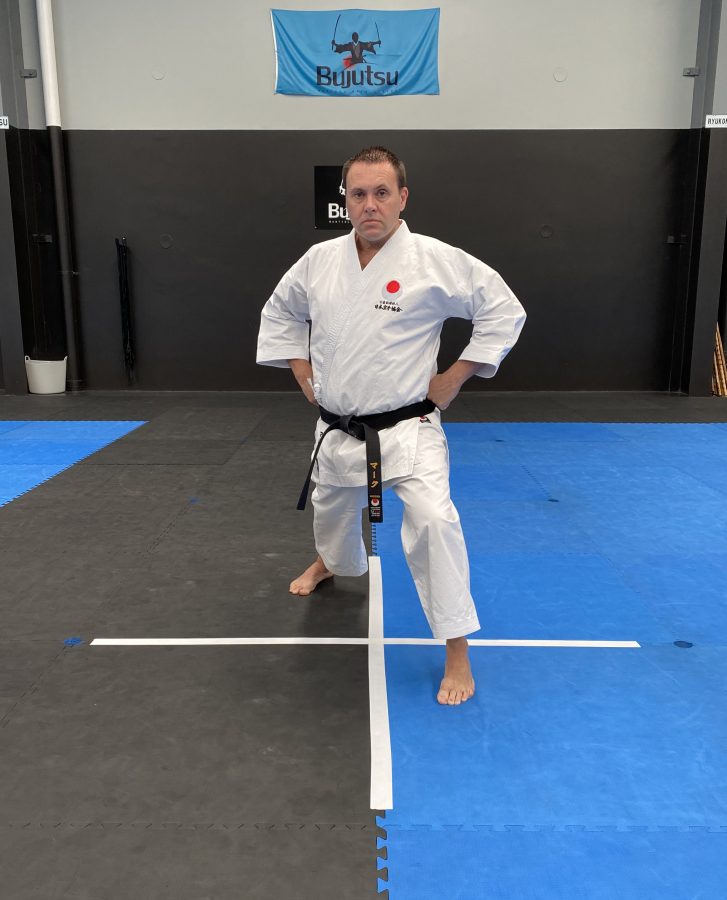Watching this, we basically have Mike doing zenkustu dachi,
And I definitely see a lot of people in karate struggling to understand how to actually work their stances into real world usage, and head movement has been my theory about the actual usage of stances for a while now.
And I definitely see a lot of people in karate struggling to understand how to actually work their stances into real world usage, and head movement has been my theory about the actual usage of stances for a while now.



